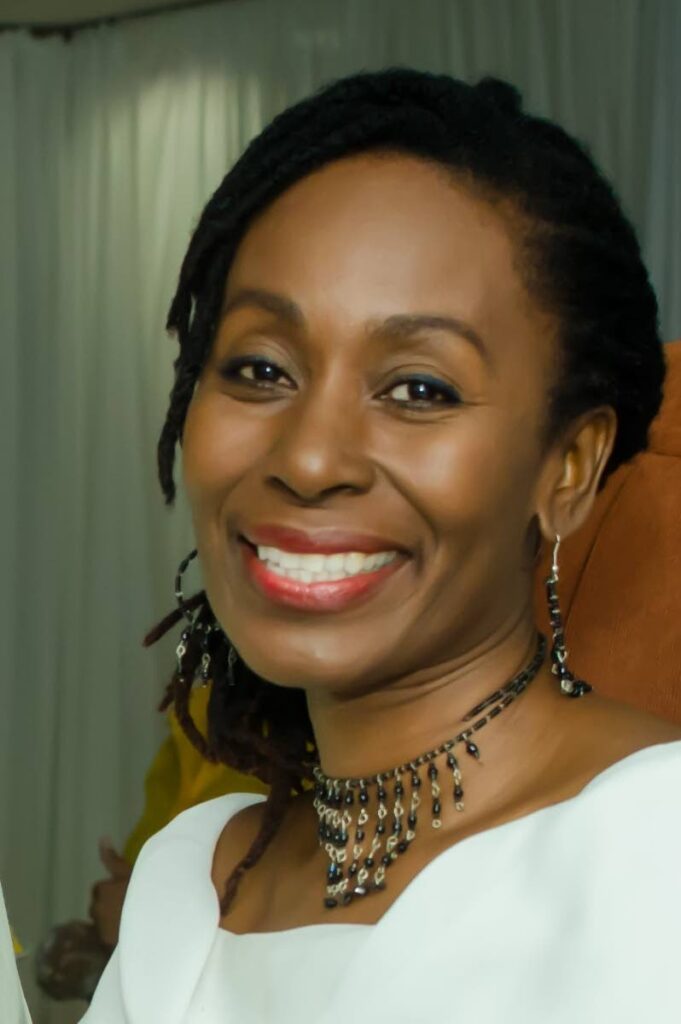Protect children in creative industries too

IN THE creative world, it is considered normal for children to work.
From Stevie Wonder to Mozart, from Michael Jackson to Winifred Atwell and Machel Montano – the younger a child is when they perform in public, the more fascinated we are by their talent and the heights to which they can ascend.
But there is a dark side to the phenomenon of the child artist. It is said that in 1938, while filming Wizard of Oz, a young Judy Garland had to work “72-hour shifts, and was even given amphetamines by MGM” to keep up her energy. While the industry has improved tremendously from those days, we still need to be vigilant.
This week, with the commemoration of World Day Against Child Labour, special focus was placed on the growing concern of children who are deprived of education or even the simplicity of play. As we address this critical area of child protection, what about children who are artists?
The International Labour Organisation (ILO) describes child labour as work that deprives children of their childhood. Children are often forced to do work that is harmful to their physical and mental development. Many work in hazardous conditions like mines or construction sites.
In TT, child labour is complex, influenced by social and cultural norms. As a young person, I remember seeing children selling in the market, but I never really thought of it as being exploitative. I just thought that they were children with a different reality to mine.
Today, with more knowledge, seeing children selling items on streets or highways is now very disturbing to me. I have heard stories of children sleeping in class because they were working at night to support their families. In some instances of child trafficking, predators were able to access underage girls working in shops, bars or other establishments.
Although children's working in the arts are different from these scenarios, there are still human-rights issues to be addressed. Across our nation, children are involved in choirs, dance companies, community performing groups, steelbands and other creative organisations. Children are involved in mas-making, building tadjahs, drumming or creating Soumaree costumes. They perform on stage in professional shows.
In these instances, how long should children rehearse? What is a reasonable remuneration?
In the global film industry, the parents of child actors often sign contracts outlining areas such as rehearsal times, breaks and meals. As far as I am aware, such standards are limited across our creative industry. Some groups may offer water, but performers are generally required to provide their own refreshments, regardless of how long they rehearse.
This is unfortunate, as many artists exist from job to job, even if they work full-time outside the arts.
In our organisation, we ensure that parents or guardians provide their children or wards with water, snacks or whatever they eat based on their dietary needs or medical conditions.
This leads to questions about health and safety. Again, as far as I am aware, there are no rules to ensure that performing groups must have a medicine kit on site or that people working with children should be trained in first aid, or even that the general area is safe – sturdy floorboards, adequate ventilation and other considerations.
People working with children must be trained in prevention of sexual exploitation and abuse (PSEA). Children must always be supervised and there should be established procedures for treating with complaints.
These points also relate to travel and touring. Who will be responsible for children while on tour? Did their parents or guardians provide a letter of consent for them to travel?
And we have to talk about money. The story is told of the child Jackie Coogan, who performed with Charlie Chaplin in the 1920s. Coogan earned millions, but his mother and stepfather squandered his income. Some jurisdictions now have rules mandating that parents who manage the earnings of their children must ensure that there are savings and reasonable arrangements for their education and future. I come from a multi-generational family of performing artists and this is certainly what we do for the children in our care.
As our nation moves towards greater protection of children, I hope that consideration will be given to these and other aspects when it comes to young ones in the creative sector. In a nation overflowing with talent, it is essential that we protect the child artist too.
Dara E Healy is a performance artist and founder of the Indigenous Creative Arts Network – ICAN


Comments
"Protect children in creative industries too"